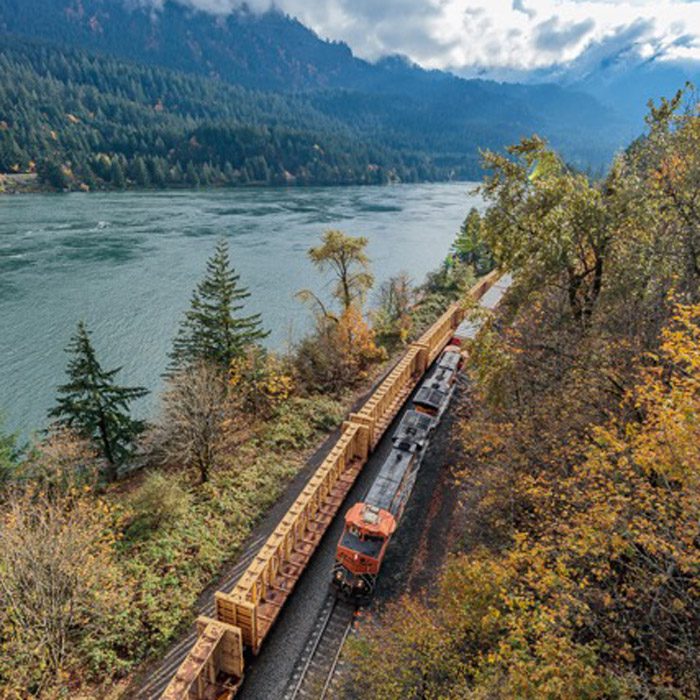Rail was the preferred method for heavy hauling since the first railroad was chartered in 1827. However, by the 1970s, heavy-handed regulation left the freight rail industry unable to keep up with an increasingly global economy and pushed the industry toward collapse. At the time, freight came in all shapes and sizes and each piece needed to be individually loaded and unloaded. It was inefficient, expensive and time-consuming. A solution was required to keep heavy freight moving, and it came in the simple but revolutionary method of intermodal transportation.
The intermodal container introduced a standardized way to easily transfer freight between trucks, trains and barges. This reduced shipping time and cost, which helped launch the global economy we live in today.
Regulatory reform led the industry to pour billions into intermodal rail service—more than $685 billion between 1980 and 2018. The investment has paid off: The U.S. now boasts the most cost-effective and efficient intermodal rail network in the world. Today, 42% of rail carloads and intermodal units are directly associated with international trade. Learn more at https://www.aar.org/issue/freight-rail-intermodal/.




